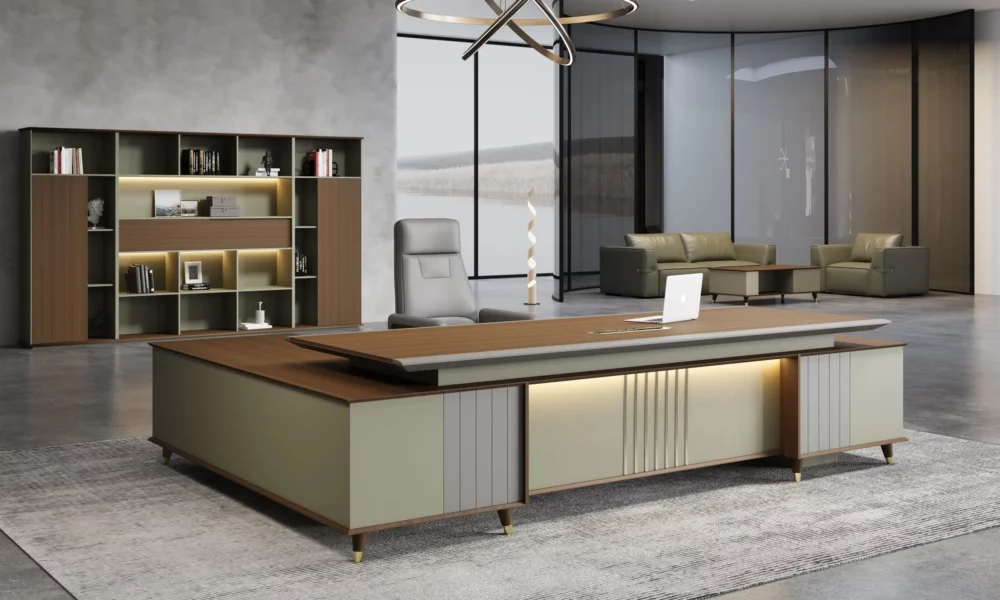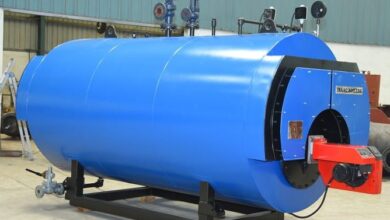High-Quality Materials for Durable Office Furniture

When it comes to outfitting an office, selecting the right furniture is crucial not only for aesthetic appeal and functionality but also for durability. High-quality materials play a significant role in ensuring that office furniture stands up to the demands of daily use and maintains its appearance over time. This article explores the importance of choosing durable materials for office furniture, highlights key materials known for their longevity, and offers insights on how to make informed decisions for your office furniture.
The Importance of Durable Office Furniture
Durability in office furniture is essential for several reasons. First and foremost, durable furniture can withstand the wear and tear of daily use, which is crucial in a busy office environment. Investing in high-quality materials helps ensure that furniture will remain functional and visually appealing for years, reducing the need for frequent replacements and repairs. Additionally, durable office furniture contributes to a more professional appearance, as well-maintained furniture reflects positively on a company’s image and provides a comfortable work environment for employees.
Choosing the right materials is fundamental to ensuring the longevity of office furniture. Several materials are renowned for their durability and suitability for office settings:
Hardwood
Hardwood is one of the most traditional and reliable materials used in office furniture. Types such as oak, maple, and cherry are prized for their strength and resistance to wear. Hardwood furniture tends to age well, developing a rich patina over time, which adds to its character. However, it’s important to choose well-seasoned hardwood to avoid issues like warping or cracking.
Metal
Metal is another popular choice for office furniture due to its robustness and durability. Steel and aluminum are commonly used in the construction of office desks, chairs, and filing cabinets. Metal furniture is resistant to damage from impact and is often treated to prevent rust and corrosion. Modern metal office furniture can also be finished with powder coatings, adding both aesthetic appeal and extra protection against scratches and dents.
Laminates
Laminates are a practical option for office furniture surfaces, offering a cost-effective solution that doesn’t compromise on durability. High-pressure laminates (HPL) are particularly resistant to scratches, stains, and moisture, making them ideal for desks and workstations. They come in a variety of finishes and can mimic the appearance of more expensive materials, providing both functionality and style.
Leather
Leather is a premium material often used in office chairs and executive desks. Its durability and comfort make it a preferred choice for high-end office environments. Genuine leather is known for its resilience and ability to withstand daily use while developing a distinctive patina over time. Proper care, including regular cleaning and conditioning, is necessary to maintain its appearance and longevity.
Fabric Upholstery
For office chairs and lounge furniture, high-quality fabric upholstery is essential. Durable fabrics like commercial-grade nylon and polyester are designed to resist wear and fading, making them suitable for heavy-use areas. Stain-resistant treatments and high-thread-count fabrics can enhance the longevity of upholstered office furniture, ensuring it remains looking fresh and new.
The Benefits of Investing in High-Quality Materials
Investing in high-quality materials for office furniture brings several benefits. Firstly, durable materials reduce the frequency of replacements and repairs, resulting in long-term cost savings. High-quality furniture also enhances the overall office environment, creating a more professional and inviting space. Additionally, investing in durable materials can improve employee satisfaction, as comfortable and well-maintained furniture contributes to a more pleasant and productive work experience.
Factors to Consider When Choosing Office Furniture Materials
When selecting materials for office furniture, several factors should be taken into account:
Usage and Traffic
Consider the level of use and traffic in the area where the furniture will be placed. High-traffic areas, such as reception zones and conference rooms, may require more durable materials that can withstand frequent use. Conversely, furniture in low-traffic areas may not need to be as robust.
Aesthetic Preferences
The material chosen should align with the overall aesthetic of the office. High-quality materials come in various finishes and styles, allowing you to select options that complement the office decor and create the desired atmosphere.
Maintenance Requirements
Different materials have varying maintenance needs. For instance, leather requires regular conditioning, while metal and laminate surfaces may need occasional cleaning. Assess the level of maintenance you’re willing to commit to when choosing materials.
Budget Considerations
While high-quality materials often come with a higher price tag, they offer better durability and longevity. Balancing your budget with the need for durable furniture is crucial. Consider investing in high-quality materials for key pieces while exploring cost-effective options for less critical items.
Sustainable and Eco-Friendly Material Choices
Incorporating sustainable and eco-friendly materials into office furniture design is becoming increasingly important. Materials such as bamboo, reclaimed wood, and recycled metal offer environmentally responsible options that do not compromise on durability. Sustainable materials contribute to a greener office and align with corporate social responsibility goals, appealing to eco-conscious consumers and employees.
Making the Right Choice for Your Office
Selecting the right materials for office furniture involves evaluating your specific needs, preferences, and budget. High-quality materials like hardwood, metal, laminates, leather, and durable fabrics each offer distinct advantages. By considering factors such as usage, aesthetics, maintenance, and sustainability, you can make informed decisions that will provide long-lasting value and enhance your office environment.
Conclusion
Choosing high-quality materials for office furniture is essential for ensuring durability, functionality, and aesthetic appeal. By investing in robust materials such as hardwood, metal, laminates, leather, and durable fabrics, businesses can create a professional and comfortable workspace that stands the test of time. Balancing durability with cost, maintenance, and sustainability will help you make the best choices for your office furniture needs. Ultimately, high-quality materials contribute to a more efficient and enjoyable work environment, reflecting positively on your company and supporting the well-being of your employees.




